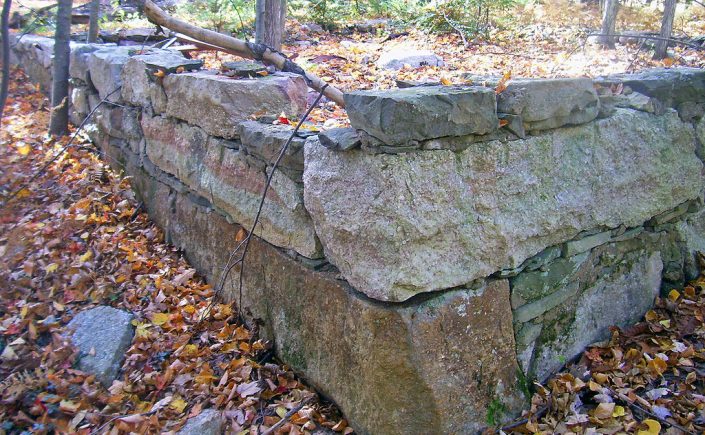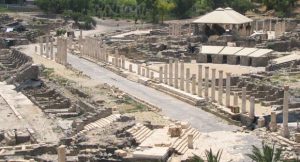by Lois Tverberg
Why do you call Me, `Lord, Lord,’ and do not do what I say? Everyone who comes to Me and hears My words and acts on them, I will show you whom he is like: he is like a man building a house, who dug deep and laid a foundation on the rock; and when a flood occurred, the torrent burst against that house and could not shake it, because it had been well built. But the one who has heard and has not acted accordingly, is like a man who built a house on the ground without any foundation; and the torrent burst against it and immediately it collapsed, and the ruin of that house was great. – Luke 6:46-49
In this parable Jesus stresses the importance of obeying his words. A similar rabbinic parable from around 70 AD sheds light on Jesus’ lesson in Luke:
Said Elisha ben Abuyah: “A virtuous man who has studied the Law diligently is similar to one who builds a foundation of stones and a superstructure of bricks; though they be inundated, yet they cannot be moved. One who is not virtuous, in spite of having studied the Law, is similar to one who lays stones on a brick foundation: the smallest freshet will overturn the building.” (1)
It is interesting that these parables are so similar. Both address building a house that will endure a flood and the need for a strong, well-laid foundation. And the message of both is identical – that listening must be paired with obedience. The only difference is that the rabbi stresses obedience to the laws of the Torah, and Jesus stresses obedience to his own words.
Much of rabbinic literature emphasizes the importance of pairing study of the Scriptures, especially the Torah, with obedience to God’s word. A distinct feature of Jesus’ teaching in Luke 6 is that he points people to himself and his own words, not just to the Torah. This is initially surprising because Jesus always lived and taught about humility. Yet he readily accepted the title “Lord” which was reserved for royalty, and he expected obedience from those who recognized who he was! It was as if his torah (“teaching,” as the word in Hebrew means), was the natural culmination of all that God taught his people through their Scriptures.
(1) Avot de Rabbi Natan, in Pirke Avot, Babylonian Talmud. An interesting fact about Rabbi Elisha ben Abuyah is that although he was a very highly respected thinker that others widely quoted, rabbinic literature says that later in life he became a “heretic.” Some have postulated that he became a Christian and was rejected because of his new beliefs.
Photo: Daniel Case



